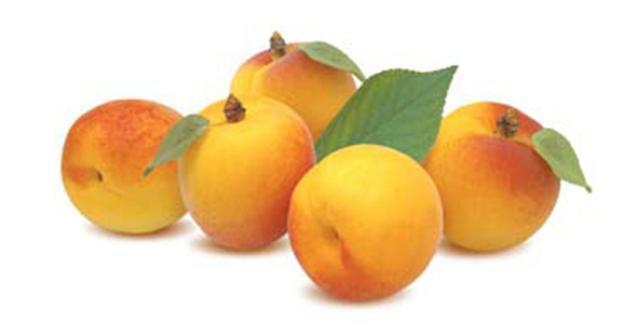 Once upon a time, the town of Melita was famous for its legendary fruit orchards. Even the name of Melita sounds delicious. This is the old name for Malatya, the unrivaled capital of apricots in Turkey, and the world in a way. The city produces 90 percent of all dried apricots exported from Turkey, which sums up to almost 80,000 tons worth $290.7 million. Every single dried apricot sold in Europe is probably from this city. Having worldwide recognition, the honey-sweet apricot of Malatya is already famous; hopefully it will be more so, after having earned the EU geographical indication recognition after a long wait of three years.
Once upon a time, the town of Melita was famous for its legendary fruit orchards. Even the name of Melita sounds delicious. This is the old name for Malatya, the unrivaled capital of apricots in Turkey, and the world in a way. The city produces 90 percent of all dried apricots exported from Turkey, which sums up to almost 80,000 tons worth $290.7 million. Every single dried apricot sold in Europe is probably from this city. Having worldwide recognition, the honey-sweet apricot of Malatya is already famous; hopefully it will be more so, after having earned the EU geographical indication recognition after a long wait of three years.Recipe of the Week: When apricots are abundant it will be good to have some of its delightful, sunny taste preserved for the winter. While apricot jam or preserves seem to be the first to come to mind, a denser, more concentrated version with less sugar is my choice. This apricot paste is a classic, either as a breakfast spread, or as an accompaniment to the cheese board, or even better for teatime together with a rich, buffalo milk clotted cream, or in a tart filling. Wash and stone about 3 kg apricots, put them in a big preserving pan, add a cup of water just to start steaming, and put on a very slow fire with the lid on at the start, until the fruit softens and breaks into a pulp. Add 500 g sugar, stir and let simmer for another hour or so; this time with the lid open and stirring occasionally. Towards the end of the cooking time, add the juice of half a lemon, and watch not to let it stick to the bottom of the pan, taking to stir the paste occasionally. The result has to be thick, put into sterilized jars when still hot. This sunny apricot paste will still be as sweet as honey despite the limited sugar content.
Fork of the Week: One good source of guaranteed Geographical Indication labeled Malatya apricots is Metro Cash & Carry markets. They have been supportive about the GI label products in Turkey from the very start, and had been instrumental in getting the EU label together with the Malatya Chamber of Commerce. “With the registration, Malatya’s apricots will be sold in European markets with an official EU geographical indication logo. This will protect it from fake products. We are getting our produce from the Karacaköy cooperative of 100 active producers, supporting sustainable agriculture,” says Kubilay Özerdem, director of Metro Group in Turkey.
Cork of the Week: Another way to preserve the taste of apricots is to let them steep in brandy, just fill a jar with sun-dried apricots, fill with a brandy of your choice, add a few kernels of crushed bitter almonds or mahaleb, and forget the jar in a dark corner of a cupboard. It will be like a gift from heaven in Christmas or New Year, with its fruits perfectly fit for a boozy fruitcake.